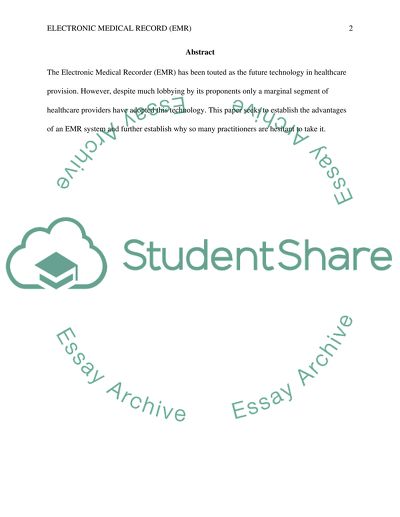Cite this document
(“How Electronic Medical Record could help to make decisions for patient Article”, n.d.)
How Electronic Medical Record could help to make decisions for patient Article. Retrieved from https://studentshare.org/health-sciences-medicine/1462149-how-electronic-medical-record-emr-information
How Electronic Medical Record could help to make decisions for patient Article. Retrieved from https://studentshare.org/health-sciences-medicine/1462149-how-electronic-medical-record-emr-information
(How Electronic Medical Record Could Help to Make Decisions for Patient Article)
How Electronic Medical Record Could Help to Make Decisions for Patient Article. https://studentshare.org/health-sciences-medicine/1462149-how-electronic-medical-record-emr-information.
How Electronic Medical Record Could Help to Make Decisions for Patient Article. https://studentshare.org/health-sciences-medicine/1462149-how-electronic-medical-record-emr-information.
“How Electronic Medical Record Could Help to Make Decisions for Patient Article”, n.d. https://studentshare.org/health-sciences-medicine/1462149-how-electronic-medical-record-emr-information.


